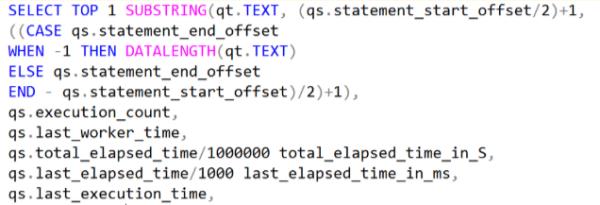sql中any和all的区别?
Posted
tags:
篇首语:本文由小常识网(cha138.com)小编为大家整理,主要介绍了sql中any和all的区别?相关的知识,希望对你有一定的参考价值。
参考技术A1、类型不同
这两个都是用于子查询的,any 是任意一个,all 是所有。
2、用法不同
select * from student where 班级='01' and age > all (select age from student where 班级='02');
就是说,查询出01班中,年龄大于 02班所有人 的 同学
相当于
select * from student where 班级='01' and age > (select max(age) from student where 班级='02');
而
select * from student where 班级='01' and age > any (select age from student where 班级='02');
就是说,查询出01班中,年龄大于02班任意一个的同学
相当于
select * from student where 班级='01' and age > (select min(age) from student where 班级='02');

扩展资料:
ANY函数简介
函数功能:判断数组中元素是否为0
语法格式:
B = any(A)
判断数组中元素是否是一个非零元素或逻辑1(true)。any函数会忽略掉数组中的NaN项(not a number)。
如果A是空的,any(A)返回逻辑0(false)。
如果A是一个向量(1行n列或n行1列的矩阵),只要A中有一个非零元素或A中有一个元素是逻辑1,any(A)返回逻辑1(true),否则(A中所有元素均为0)返回逻辑0(false)。
如果A是一个矩阵,any函数把A的每一列当做一个向量,any(A)返回一个行向量。
如果A是一个多维数组,any(A)对A中第一个非奇异维进行判断。
B = any(A,dim)
dim指定了要进行判定的维数。例如,对于二维数组, any(A, 1)把A中每一列看做一个向量,然后进行判断;any(A, 2)把A中每一行看做一个向量,然后进行判断。
相关函数:all
参考资料来源:百度百科-all (英语单词)
参考资料来源:百度百科-any (英文单词)
MySQLmysql中any,in,some,all的区别
子查询就是指在一个select语句中嵌套另一个select语句。
any,in,some,all分别是子查询关键词之一,
any 可以与=、>、>=、<、<=、<>结合起来使用,分别表示等于、大于、大于等于、小于、小于等于、不等于其中的任何一个数据。
all可以与=、>、>=、<、<=、<>结合是来使用,分别表示等于、大于、大于等于、小于、小于等于、不等于其中的其中的所有数据。
他们进行子查询的语法如下:
operand comparison_operator any (subquery); operand in (subquery); operand coparison_operator some (subquery); operand comparison_operator all (subquery);
any,all关键字必须与一个比较操作符一起使用。any关键词可以理解为“对于子查询返回的列中的任一数值,如果比较结果为true,则返回true”。
例如:
select s1 from t1 where s1 > any (select s1 from t2);
假设表t1中有一行包含(10),t2包含(21,14,6),则表达式为true;如果t2包含(20,10),或者表t2为空表,则表达式为false。如果表t2包含(null,null,null),则表达式为unkonwn。
all的意思是“对于子查询返回的列中的所有值,如果比较结果为true,则返回true”
例如:
select s1 from t1 where s1 > all(select s1 from t2);
假设表t1中有一行包含(10)。如果表t2包含(-5,0,+5),则表达式为true,因为10比t2中的查出的所有三个值大。如果表t2包含(12,6,null,-100),则表达式为false,因为t2中有一个值12大于10。如果表t2包含(0,null,1),则表达式为unknown。如果t2为空表,则结果为true。
not in 是 “<>all”的别名,用法相同。
语句in 与“=any”是相同的。
例如:
select s1 from t1 where s1 = any (select s1 from t2); select s1 from t1 where s1 in (select s1 from t2);
语句some是any的别名,用法相同。
例如:
select s1 from t1 where s1 <> any (select s1 from t2); select s1 from t1 where s1 <> some (select s1 from t2);
在上述查询中some理解上就容易了“表t1中有部分s1与t2表中的s1不相等”,这种语句用any理解就有错了。
以上是关于sql中any和all的区别?的主要内容,如果未能解决你的问题,请参考以下文章